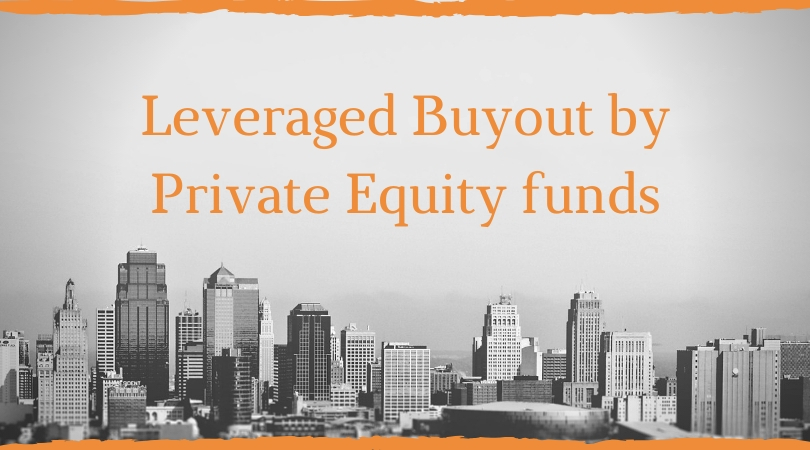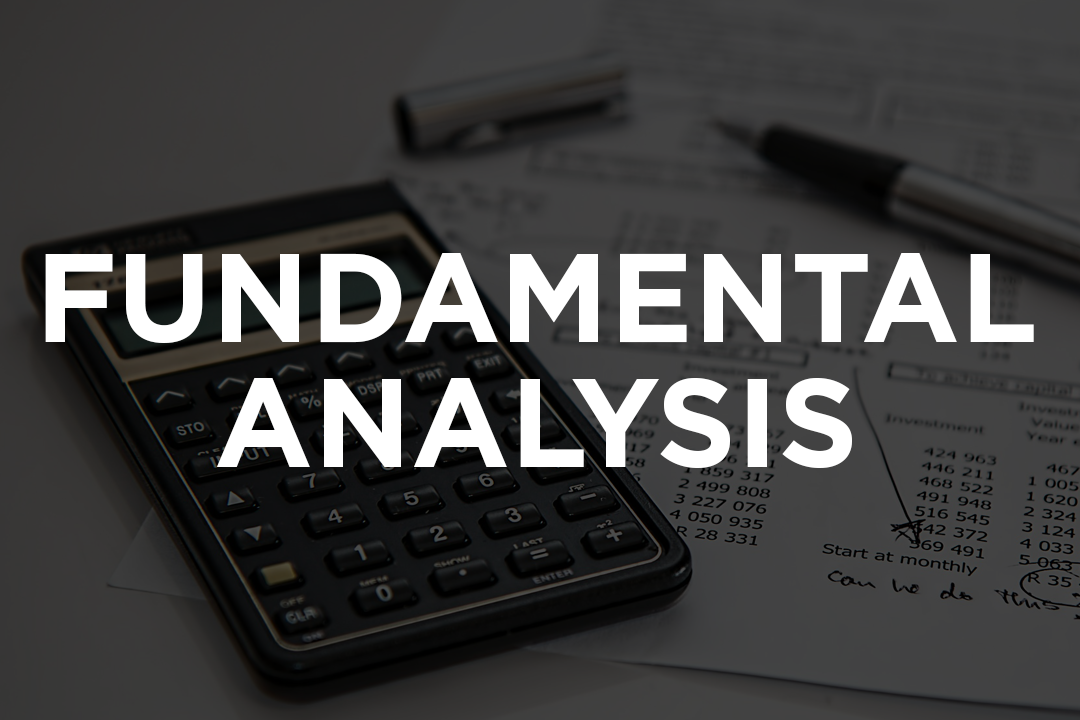Leveraged Buyout by Private Equity funds
A Leveraged Buyout (popularly known as LBO) by a Private Equity Investor is the acquisition of a business (generally a private or public limited company) using a Buyout Fund established by the PE Investors along with External Debt which is specifically raised for the purpose of buying out the business. The LBO is majorly financed through Debt Capital, while a short fraction of the total capital investment is done through Equity.
Fundraising for Leveraged Buyout
The Buyout Fund is formed by a PE firm and is generally set-up as a Limited Partnership (“LP”) in which the PE firm acts as the General Partner (“GP”). The PE firm raises money from institutional investors, investment banks and high net worth individuals (“HNIs”) who become the Limited Partners of the Buyout Fund by committing capital to the Fund. The PE firm further raises Debt Capital for buyout the business from banks and other debt financers.
After the fundraising is completed, the PE firm invests the Buyout Fund’s capital along with External Debt to undertake the LBO. In a typical LBO, a Target Company’s equity as well as outstanding debt is entirely purchased and replaced by the capital structure used in the acquisition.
Timeline of a Leveraged Buyout
The timeline and process of PE firms executing an LBO to generate returns for the Buyout Fund is explained below:

Pre-Investment Phase
The most important phase of a Leveraged Buyout is the pre-investment phase. This includes choosing a suitable Target Company. It typically takes five to six years to complete an LBO and the transaction involves a huge amount of invested capital, therefore, the choice of target is critical to the Buyout Fund and its investors.
Investment Phase
In the investment phase, the Target Company is restructured to increase its efficiency and reap the benefits of economic value created. After the restructuring is complete, Target Company repays the external debt from its free cash flows.
Exit Phase
After successfully restructuring the Target Company, the PE Firm takes an exit from the Target Company. The exit is completed in two steps:
(1) selling the equity stake in Target Company and
(2) distributing the sale proceeds to the Buyout Fund investors.
Returns from the Leveraged Buyout
The sole purpose of undertaking an LBO by PE firms is to generate returns to the Buyout Fund investors. This goal is generally accomplished in two ways:
(1) Recapitalization of Target Company with the help of a high debt financing structure. The use of debt helps in reducing the overall cost of capital of the Target Company since the debt has a lower cost of capital than equity. The cost of debt is lower because interest payments result in reduction of corporate income tax liability.
(2) Restructuring the business of the company using various value-enhancing strategies. By restructuring a company, any existing inefficiencies in the operating business are eliminated and the Target Company can later be sold at a premium, thereby yielding a positive return on the Buyout Fund.
An important aspect to look at in a Leveraged Buyout is that the debt used to finance the acquisition of the target company becomes part of the capital structure of Target Company. Thus, the Target Company is responsible for repaying the debt from its own cash flows. By paying down the debt, the equity stake of the Buyout Fund becomes more valuable over time. This effect adds value to the company and its equity holders.




